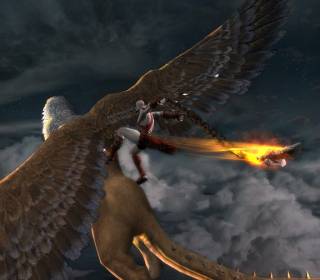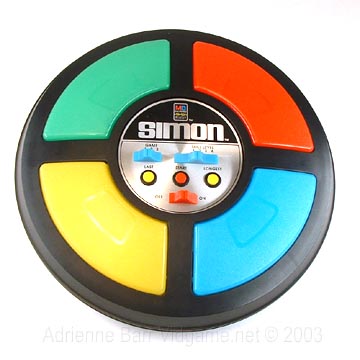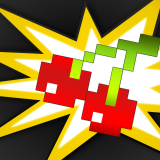On Quick Time Events
By skrutop 2 Comments
As Leon tosses aside the manhole cover, he breathes in the fresh Spanish country air and continues his journey to rescue Ashley. He's thinking of his recent epic battle with two giant trolls. The distraction causes him to lose focus, and out of nowhere a truck comes barreling down the road right at him.
PRESS "R1+L2!" ........ YOU ARE DEAD!
As Leon tosses aside the manhole cover, he breathes in the fresh Spanish country air and continues his journey to rescue Ashley. He's thinking of his recent epic battle with two giant trolls. The distraction causes him to lose focus, and out of nowhere a truck comes barreling down the road right at him.
PRESS "L2+O!" ........ YOU ARE DEAD!
As Leon tosses aside the manhole cover...
Does that sound at all familiar? Quick time events, or as Ben "Yahtzee" Crosshaw more accurately labels them, "God of War-style 'Simon Says' color matching sequences," have become so ubiquitous in gaming over the last three years that they've quickly evolved from an interesting novelty into a tired cliche.

The least understandable aspect of the concept is that, during the normal course of the game, your character will lose a bit of health after being riddled with bullets, gutted by daggers, and flattened by clubs dozens of times. But God help you if you miss hitting that "X" button by a fraction of a second, it has the magical power to instantly dispatch the protagonist. Game designers shouldn't pick and choose; when designing a game, they need to decide at the outset if the character is nigh invincible, or an easily killed bullet magnet. Players should know whether it's better to wade into every situation with their monster smashing boots laced up high, or they should put on the kid gloves and be a little more discretionary about taking on too many foes at once. This "instant death" scene takes away that continuity.

I can understand where the designers are coming from, in a way. Too many games use cutscenes as a crutch to spell out the story, and they can be boring to watch. Introducing some interactivity is a way to keep the player engaged while trying to move the story along. However, there's a major flaw with that idea. When quick time events are involved, the player is waiting to see what button is going to pop-up instead of paying attention to the story. They're not watching the cutscene; at best they're tangentially figuring out what's going on with Spider-Man while putting most of their attention into simultaneously mashing "A" while spinning the right analog stick counter-clockwise.
To all of the game designers out there, knock it off with the ham-handed attempt to keep us engaged in your story by making us look at the screen or die. Instead, here's a simple alternative: Tell a better story. Cutscenes are not inherently boring; they're just typically made poorly. A well-done story, with good dialogue and interesting characters, will keep our attention far better than putting up a big sign that says "PAY ATTENTION OR I WILL KILL YOUR CHARACTER!"
blogger's note: I wrote this awhile ago, but never got around to posting it. My sentiment itself is getting a bit stale, but QTE's still drive me crazy. The games listed are a few years old now, but designers still insist on using QTEs.

2 Comments